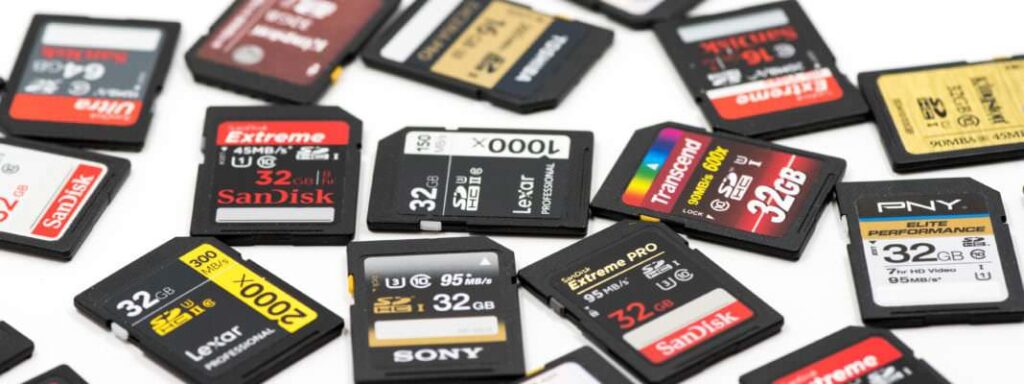In order to minimize data loss and ensure the best results from your Kingston Flash storage device, follow these simple recommendations:
1. Replace or recharge batteries in devices after getting a low-battery warning.
Battery discharge is one of the most common problems causing the loss of pictures or other data on Flash storage devices. If a battery dies in the middle of a write operation to the Flash storage device, not only can the file being written become corrupted, but the entire device may be damaged as well. It may be possible to repair the Flash storage device using commercially available disk recovery software. To avoid these problems, carry a spare battery if possible or stop using a device when battery power gets low.
2. Properly remove your Flash storage device from the host device.
It is important to wait until all operations are completed before removing a Flash storage device from a digital camera or other host device. If the Flash storage device is removed during a write operation, for example, the Flash storage device may be corrupted and data loss may occur.
Most digital cameras will show a blinking light during Flash write operations, so it is important to wait until all operations are completed.
3. Properly store Flash cards in their plastic cases and close the cap on USB drives.
Flash storage devices, while quite reliable, can be damaged when dropped on hard surfaces. When they are not in use, store Flash storage cards in their clear plastic cases. USB drives should be stored with their caps on.
4. Do not force Flash storage devices into connectors.
Flash card or USB Flash drive connectors are unidirectional. This means that the Flash storage device must be inserted in one direction only; if you cannot insert the drive or card, do not force it in. This will prevent damage to the Flash storage device or the socket. For more information on proper insertion of Flash cards or USB Flash drives, consult your host device’s user manual.

5. When Traveling, Pack Flash storage devices into carry-on luggage if possible.
Tens of millions of Flash storage devices are in use worldwide and there have been no verifiable reports of Flash storage damage due to airport X-ray scanners. However; as a precaution, drives should be treated just like unprocessed film and stored in carry-on luggage, as the passenger screening radiation levels are much lower than those used by newer luggage scanning machines.
6. Always make backups of your data.
Flash storage devices are not infallible and can have their data damaged due to factors mentioned above. It is important to backup important information on multiple media for long-term storage.
7. Do Not Edit Files Directly On The Flash Drive
Yet another simple but often forgotten rule when it comes to using flash drives is to not edit files directly on them. If you have to make any edits to your files, copy them to your computer. Afterward, unplug your flash drive properly, make the necessary edits, then copy your files back.
8. When Not In Use, Do Not Leave The Flash Drive Connected To Your Computer
Leaving your flash drive or card on for too long not only increases its usage rate, but also heats up the device. Additionally, it is prone to data corruption especially if the flash drive is suddenly yanked out.

